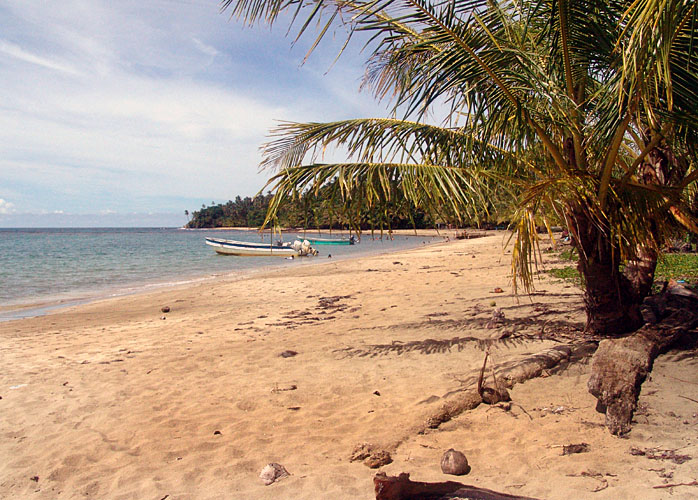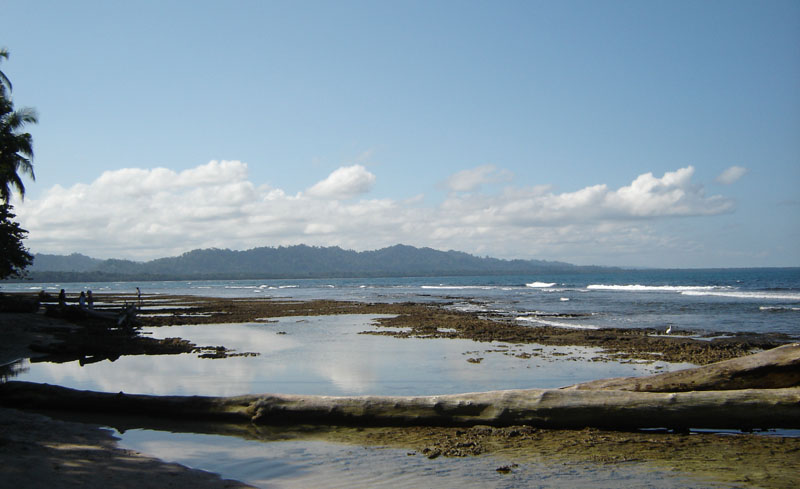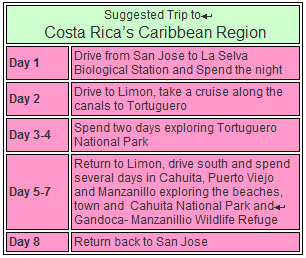Gandoca-Manzanillo National Wildlife Refuge, in southeastern Talmanca area of Costa Rica, is a set of rainforest and wetland environments including a coral reef. The refuge has over 20,000 acres and starts south of Punta Uva that is three miles south of Puerto Viejo and continues to the Sixaola River near the border with Panama. The only other coral reef in Costa Rica is in Cahuita.
The small beach village of Manzanillo is found inside the park and has white sandy beaches of the Caribbean. Trails reach up six miles from the town to Mona Point. Close by are the red mangrove swamps, the only one on the Atlantic Coast of Costa Rica. Two palm swamps that harbor tapirs within the marshes are found inside the park.
 The park’s tropical plant life and isolation attract more than 350 species of tropical birds including the harpy eagle. This is a major feature for birding.
The park’s tropical plant life and isolation attract more than 350 species of tropical birds including the harpy eagle. This is a major feature for birding.
Examples of marine turtles – Green Sea. Leatherback and Hawksbill- nest on the southern beaches of the park. While not a main nesting site for turtles because of people using the beach, conservation authorities have increased plans to preserve the area for nesting.
The Kekoldi Indian Reserve shares land with the Gandoca-Manzanillo Reserve to preserve the indigenous Cabecar and Bribri native tribal areas. The tribes live in the park, subsisting off the land.
The Reserve has a diverse number of animals including eagles, manatees and dolphins. Other examples of wildlife are caimans, tapirs, tarpons, and crocodiles. Visitors who snorkel or scuba dive will be able to view the tropical fish in the coral reef.
The dry season, March to April and then from September through October, is the best time to visit Gandoca-Manzanillo as the park gets high rainfall. Both towns of Manzanillo and Gandoca have entrances to the park. Local accommodations are limited. Visitors will find lodging in Puerto Viejo.
Gandoca Manzanillo Refuge is 73 km in distance from Limon. It is not easily reaches because most of the roads are dirt, so the best route is to drive from San Jose to Limon and then drive south to the town of Cahuita. Pass the town of Puerto Viejo for 12 km and then reach the entrance of the reserve.
The small towns of Punta Uva, Punta Mona, Home Creek and Manzanillo are located in the refuge.








